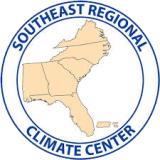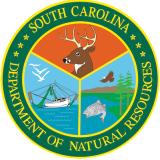Southeast Climate Monthly Webinar: March 8, 2022
The Southeast region experienced a winter that could not make up its mind! December was dry and warm, January was cooler with more precipitation, and February leaned to drier and warmer conditions. The recent dryness is concerning because, for much of the region, this is the time of the year when river flooding peaks (except for the Florida peninsula) and water recharge takes place. However, streamflows are mostly below normal, especially across the Carolinas and in some parts of Alabama, Georgia, and Florida. Anticipated rain over the next week will help improve this precipitation deficit, but this still needs to be monitored carefully as the region moves into the spring and water demand increases. Looking farther ahead, the three-month Southeast outlooks depict a higher probability of above-normal temperatures, streamflows to continue in the below normal range, less flooding than typical, and some additional drought development across the region.
Do you want to learn more about what you can do to help provide information in support of natural resources, education, and research applications? Listen to an overview of CoCoRaHS—the Community Collaborative Rain, Hail, and Snow Network—which is a unique, non-profit, community-based network of volunteers of all ages and backgrounds working together to measure and map precipitation (rain, hail, snow).
About This Webinar
The Southeast Climate monthly webinar series is hosted by the Southeast Regional Climate Center, the National Integrated Drought Information System (NIDIS), and the NOAA National Weather Service. These webinars provide the region with timely information on current and developing climate conditions such as drought, floods, and tropical storms, as well as climatic events like El Niño and La Niña. Speakers may also discuss the impacts of these conditions on topics such as agriculture production, water resources, wildfires, and ecosystems.






